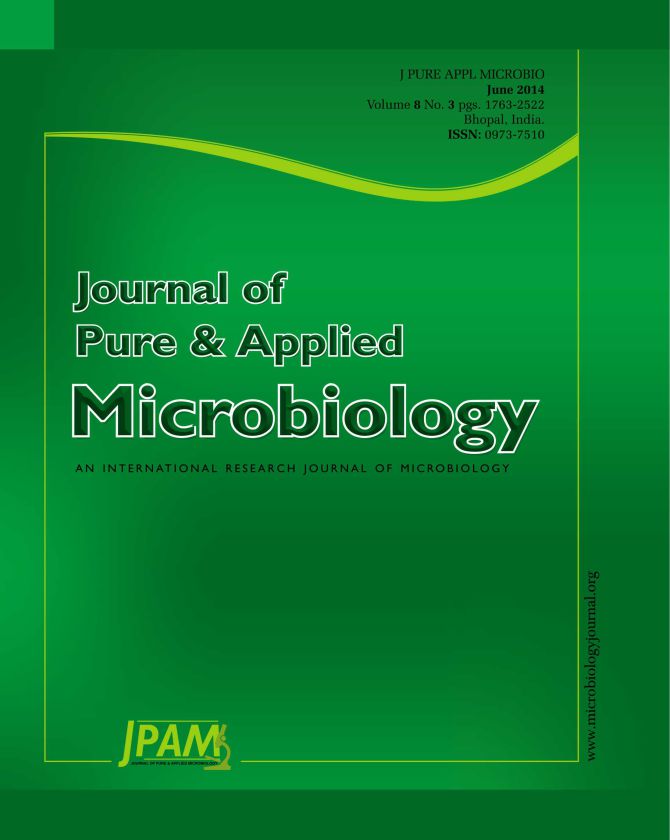The urolithiasis results of pathology or metabolic abnormalities varied with urinary infection. It is characterized by the presence of stones in the urinary tract. These consist of substances which crystallize in the urine under certain conditions. A multi-parametric study of crystalluria and cyto-bacteriology of urine was performed to determine the risk crystalliferous and involvement of urinary infection in the lithogenic process. 617 first morning urine from 306 patients were collected and analyzed. 59 of these patients were nephrolithiasic and 247 suffering from renal pain (without any calculi formation i.e. non lithiasic NL). Meanwhile, 202 urine samples from 100 healthy subjects were also analyzed and considered as control. The results obtained clearly showed the crystalliferous role of urinary infection. The frequencies of positive crystalluria in nephrolithiasic and NL patients with urinary infection were 87.5% and 37.4% respectively (18.3% in controls). The study of the relationship “crystalluria-germs identified” has shown that the most frequent crystalluria was found in urine infected with Proteus sp with a frequency of 83.3% for both nephrolithiasic and NL subjects. The presence of urinary crystals is not pathological in itself, except in special cases. However, in a nephrolithiasic patient, or in certain pathological contexts such as urinary tract infection, crystalluria can be a very useful indicator of the observed pathology.
Crystalluria, Urolithiasis, urinary tract infection, struvite
© The Author(s) 2014. Open Access. This article is distributed under the terms of the Creative Commons Attribution 4.0 International License which permits unrestricted use, sharing, distribution, and reproduction in any medium, provided you give appropriate credit to the original author(s) and the source, provide a link to the Creative Commons license, and indicate if changes were made.


